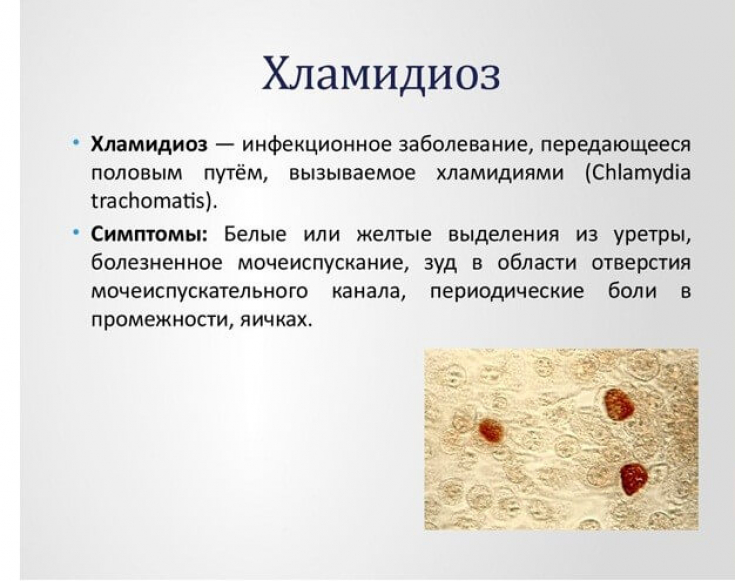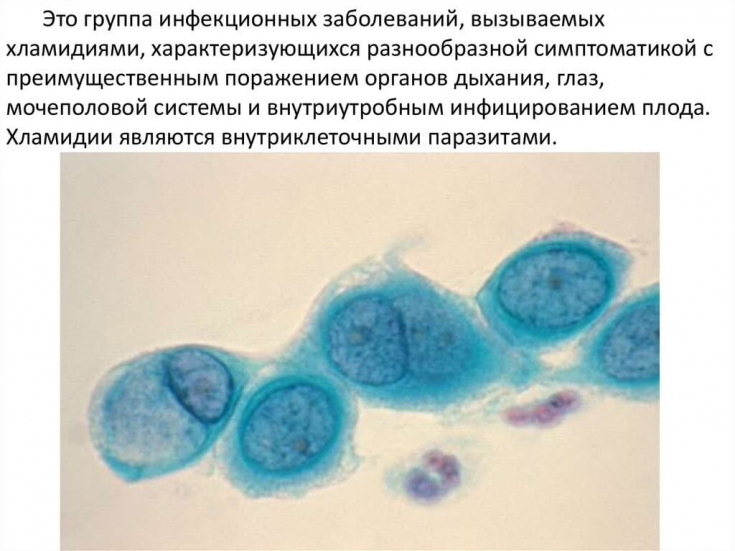The problem of prevention, timely diagnosis, adequate and effective treatment of chronic diseases of the pelvic organs (CPMT) remains relevant in today's conditions.
It is CPID that occupy a leading place in the structure of gynecological pathology (60-80%) and are one of the most common reasons for women to seek specialized gynecological care. In addition, they cause a number of reproductive health problems in women of childbearing age.
Read the article on estet-portal.com about what factors play a leading role in diseases of the reproductive system, and what approaches to the treatment of these pathologies stand out.
- Risk factors for pelvic diseases
- Perinatal complications and venereological diseases of the pelvic organs
- Symptoms of lesions of the pelvic organs with chlamydiazom
Risk factors for pelvic diseases
Chronic diseases of the pelvic organs combine a wide cohort of diseases, namely:
- endometritis;
- salpingitis;
- salpingoophoritis;
- tubo-ovarian abscess;
- subclinical peritonitis.
Follow us on Instagram!
Among the favorable factors for the occurrence of diseases of the pelvic organs, :
- socio-economic instability;
- increased population migration;
- Change in the sexual education of adolescents, and as a result, an increase in the frequency of sexually transmitted diseases that are caused by sexually transmitted infections (STIs).
Manifestations of human papillomavirus infection: varieties of anogenital warts
Among the risk factors for chronic diseases of the pelvic organs are :
- early onset of sexual activity;
- sexual relations with multiple sexual partners;
- use of intrauterine contraception.
in the genital organs are:
menstruation;- change of sexual partner (reinfection);
- intrauterine interventions.
- The decisive role in the formation of the degree of anatomical and functional changes in the pelvic organs during the development of the inflammatory process is determined by the characteristics of the immune status, the massiveness of infection, the virulence of the microbial agent.
Chronic diseases of the pelvic organs are a serious complication of urogenital STIs,which is considered one of the main factors of reproductive health disorders in the population
, which often leads to infertility, miscarriage, oncogynecological pathology, as well as intrauterine infection fetal miscarriage with possible severe consequences. Perinatal complications and sexually transmitted diseases of the pelvic organs
Direct reproductive losses due to miscarriage annually amount to 36-40 thousand children. With chronic diseases of the pelvic organs of chlamydial and gonococcal etiology
, 40-50% of women experience numerous reproductive disorders.The socio-economic significance of inflammatory diseases of chlamydial etiology is due not only to high incidence rates, but also to a significant risk of reproductive dysfunction.
Thus, 8-15% of married couples suffer from infertility, which, in the general population, is more than 100 million couples incapable of having a desired child.

Specifically
chlamydial infection− one of the factors associated with the risk of reproductive health disorders. Chlamydia trachomatis − obligate intracellular parasite, sexually transmitted. About 100 million new cases of Chlamydia trachomatis infection are registered annually in the world (WHO), but the real number of such cases is much higher, since 70-90% of primary episodes of chlamydial infection of the lower urogenital tract in women are asymptomatic, therefore remain undiagnosed.
How to save the fetus: syphilis during pregnancy According to morphological characteristics, chlamydia resembles a virus in that it is completely an intracellular bacterium, namely − depends on the nutrients and energy of the host cells and does not synthesize ATP, remaining an energy parasite.
If the initiated process of chlamydia cell division stops, then such a phenomenon is defined as the persistence of the pathogen.
In this state, chlamydia can exist in the body for an indefinitely long time, nevernot manifesting itself clinically, but not completely disappearing either. Symptoms of chlamydia pelvic lesions
The most common manifestation of urogenital chlamydia is cervicitis with mucopurulent discharge, the appearance of an inflammatory halo around the cervical canal with the formation of follicles (follicular cervicitis).

Chlamydial salpingitis and salpingoophoritis − the most frequent manifestations of an ascending infection, a feature of which is a long course, which eventually leads to impaired patency of the fallopian tubes.
The asymptomatic nature of the disease expands the range of complications caused byC.trachomatis, indicating the need to improve diagnostic approaches in this case .
How to diagnose and treat chancre
According to European guidelines, first-line drugs:
course of doxycycline, 100 mg twice a day, for at least 7 days.erythromycin, 500 mg 4 times a day, 7 days;
- erythromycin ethyl succinate, 800 mg 4 times a day, 7 days;
- levofloxacin, 500 mg daily, 7 days;
- ofloxacin, 300 mg daily, 7 days.
- It is recommended to monitor the effectiveness of ongoing therapy no earlier than after 6 weeks, with mandatory control after 3 months, provided that both partners are examined.






